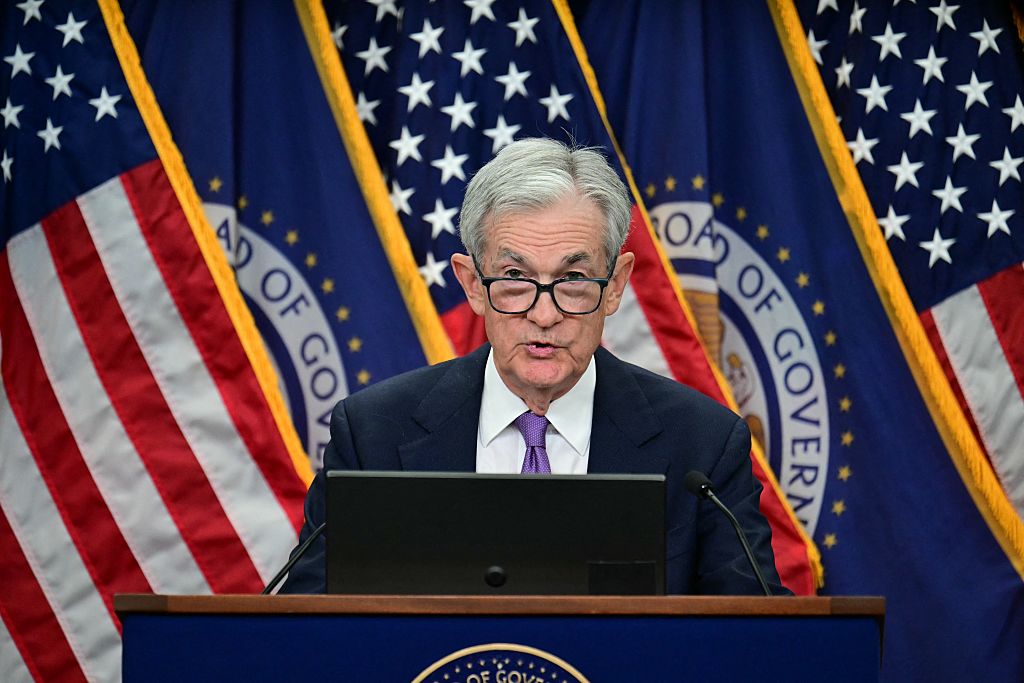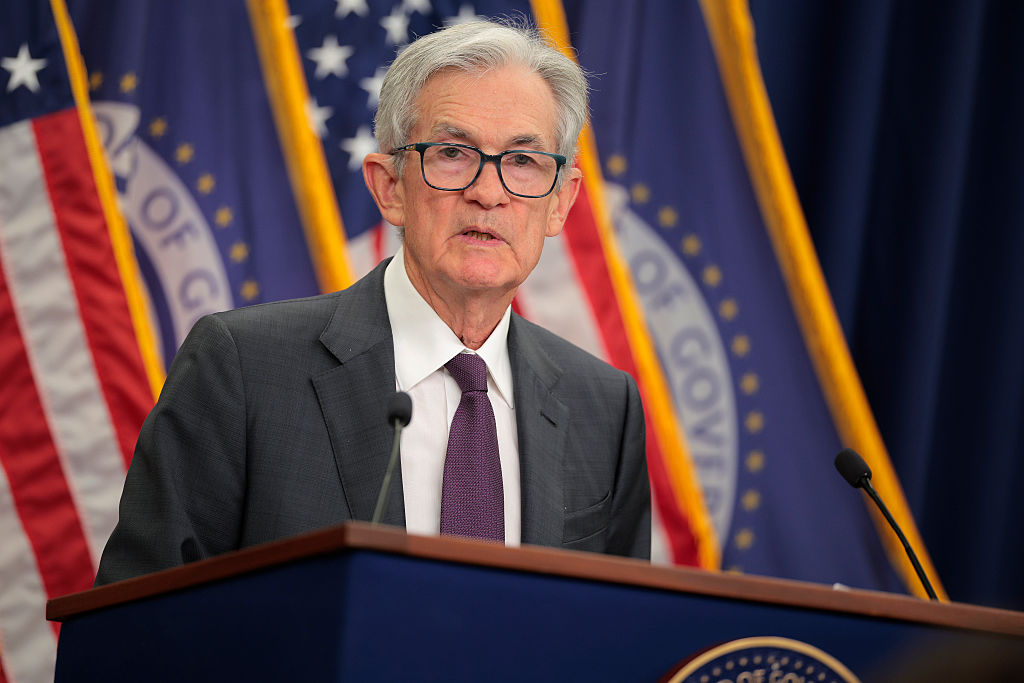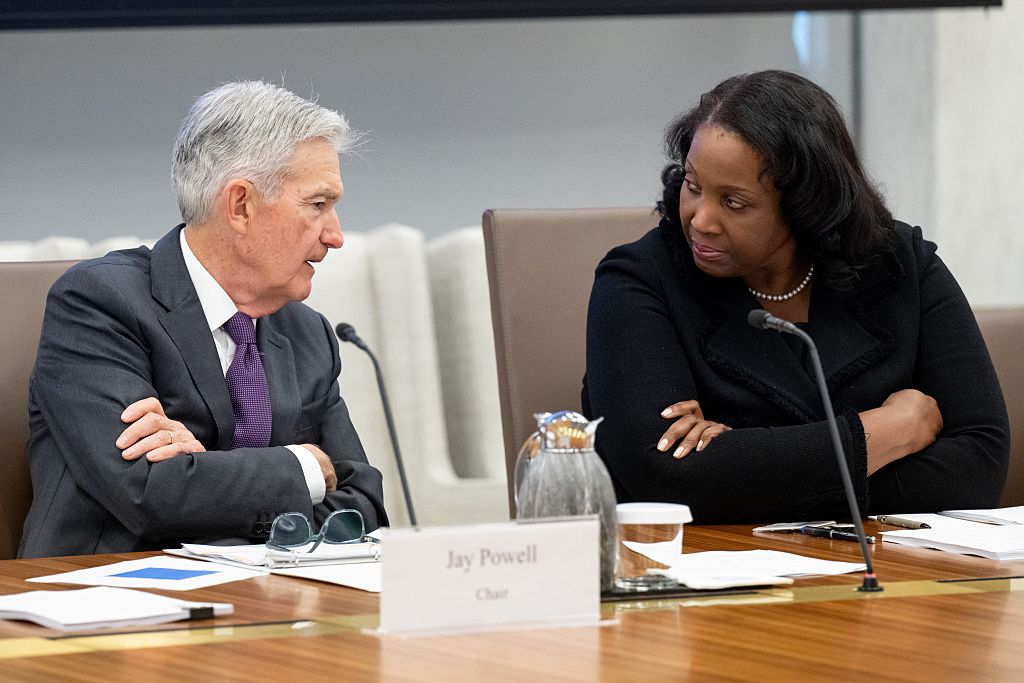How the Kip 25’s Bond Funds Are Weathering the Storm
Rising interest rates have wreaked havoc with bond funds. Most of our picks have held up better than the overall market.

The recent bond market swoon has left many fund investors reeling. The downturn kicked off in early May, after chairman Ben Bernanke suggested that the Federal Reserve might soon trim its bond-buying program, and continued into early August. From May 2 through August 1 during which the yield on ten-year Treasury bonds surged from 1.63% to 2.71% (and bond prices, which move in the opposite direction, sank), Barclays U.S. Aggregate Bond index fell 3.8%.
Other types of bonds lost far more than Treasuries during the selloff, which may not seem dramatic to stock investors but represented a huge move in the normally sedate fixed-income world. Emerging-markets bond funds lost 9.1% (those that home in on local-currency issues lost even more — the Market Vectors Emerging Markets Local Currency Bond ETF (symbol EMLC) lost 10.4% over the period). And funds that invest in so-called inflation-protected bonds lost 6.8%.
The bond funds in the Kiplinger 25 fared better than the overall market, losing 3.1% on average. Below, we run down how all seven did during the slump, along with year-to-date and one-year returns (through August 9), as well as each fund's current 30-day yield.
From just $107.88 $24.99 for Kiplinger Personal Finance
Be a smarter, better informed investor.

Sign up for Kiplinger’s Free Newsletters
Profit and prosper with the best of expert advice on investing, taxes, retirement, personal finance and more - straight to your e-mail.
Profit and prosper with the best of expert advice - straight to your e-mail.
Osterweis Strategic Income
Symbol: OSTIX
Return during the recent downturn: 0.1%
Year-to-date return: 4.2%
One-year return: 8.1%
Yield: 4.7%
Our two go-anywhere funds held up well. Osterweis Strategic Income was the only bond fund in the Kip 25 to avoid a loss during the dip. Managers Carl Kaufman, Simon Lee, and Bradley Kane (who joined the fund in June) have been loading up on short-term high-yield bonds lately. At the end of June, 78% of the fund's $3.4 billion in assets were invested in short-term junk debt (up from 68% of assets in September 2012), mostly in bonds with maturities of five years or less. That strategy helped insulate the fund from much of the bond market's fury. "When you have a short-dated portfolio, you'll lag in up markets, but you'll hold up better in down markets," says Kaufman.
With the stock market rising for much of the year, the Osterweis managers sold a chunk of their holdings in convertible bonds, which are hybrid investments with attributes of both stocks and bonds. A year ago, the fund had closer to 12% of its assets in converts; in late July, it was about 7%. "Prices rose to a point where they didn't represent great values, so we sold some of those holdings," says Kaufman. One such name: KB Home. The managers bought the convertible bond when it was issued in February 2013 — and then sold it in May. "The stock did okay, so we sold those and made 10% or 11% in a short time," he adds. "That's okay for us."
Metropolitan West Unconstrained Bond
Symbol: MWCRX
Return during the recent downturn: -1.4%
Year-to-date return: 0.9%
One-year return: 5.4%
Yield: 3.0%
The managers of Metropolitan West Unconstrained Bond held down losses by keeping the fund's duration, a measure of interest-rate sensitivity, short. The managers — Tad Rivelle, Laird Landmann and Stephen Kane — did that in part by selling short Treasury bond futures (a bet on higher yields and lower prices). At last report, the fund had 43% of its assets in mortgage-backed securities (residential and commercial) that are not guaranteed by the U.S. government. Those securities tend to be less rate-sensitive than government-backed mortgage bonds.
Unconstrained Bond's average duration is just 1.35 years (the lowest of any of the Kip 25 bond funds). That means that for every percentage-point rise in rates, the fund should lose about 1.35%.
Vanguard Short-Term Investment-Grade
Symbol: VFSTX
Return during the recent downturn: -1.0%
Year-to-date return: 0.0%
One-year return: 1.5%
Yield: 1.4%
A low duration also helped Vanguard Short-Term Investment-Grade. The fund focuses on securities with maturities of one to five years. "When you have that unexpected rise in rates that happened so quickly, short-term funds fare well," says manager Greg Nassour. His fund's average duration is 2.25 years. Nassour says he "runs a high-quality fund very conservatively," with a diversified mix of Treasuries (about 12%), investment-grade corporate bonds (about 60%), a smattering of foreign-government debt (8%) and bonds backed by commercial real-estate mortgages or other assets, such as loans or leases (10%).
Looking ahead, Nassour says he thinks the economy is likely to experience tepid, uneven growth. He's partial to corporate bonds because "in a rising-rate environment with no inflation, they usually do well."
Fidelity New Markets Income
Symbol: FNMIX
Return during the recent downturn: -7.8%
Year-to-date return: -6.7%
One-year return: -1.0%
Yield: 5.3%
Emerging-markets bond funds took it on the chin, and Fidelity New Markets Income was no exception. Fear of higher interest rates around the globe put a strain on emerging-markets debt, which was already burdened by concerns about slowing growth (think: China) and local currencies that had been weakening against the dollar.
Manager John Carlson took advantage of the volatility. In that kind of selloff, "people throw out the good with the bad," he says, so he added to his positions in Hungarian and Mexican bonds. Fortunately, Carlson had cash ready to put into play — at the start of the drop, about 10% of the fund's $5.7 billion in assets sat in cash; by July, that stash had been cut to 4%.
Harbor Bond
Symbol: HABDX
Return during the recent downturn: -4.6%
Year-to-date return: -1.9%
One-year return: 0.7%
Yield: 1.4%
Emerging-markets bonds and Treasury inflation-protected securities got the better of Harbor Bond. Managed by bond superstar Bill Gross, Harbor is a near-clone of Pimco Total Return, the largest mutual fund in the U.S. At the end of June, Gross had 11% of Harbor's assets in TIPS (it had been as high as 18% in March). For TIPS investors, it was the worst of two worlds: Interest rates jumped while evidence of inflation was scant.
DoubleLine Total Return
Symbol: DLTNX
Return during the recent downturn: -3.3%
Year-to-date return: -0.4%
One-year return: 2.1%
Yield: 4.1%
Although Treasuries got most of the attention during the downturn, the biggest losers were TIPS, emerging-markets bonds and high-yield corporate debt, says Jeffrey Gundlach, co-manager of DoubleLine Total Return.
Total Return doesn't hold any of those kinds of bonds. Rather, it focuses on mortgage-backed securities. Gundlach and co-manager Philip Barach balance government-agency mortgage-backed securities (47% of the fund's assets), which carry no default risk but a lot of interest-rate risk, with non-agency mortgage-backed bonds (27% of assets), which have little rate risk but a high risk of default. The risks offset each other — and the result is a low-volatility portfolio that tends to hold up well in downturns.
Gundlach and Barach took advantage of the selloff to snap up long-term government-guaranteed mortgage securities yielding 4.5%. Those particular bonds have lots of interest-rate risk, with maturities of 15 years or so, so the fund's average duration has bumped up to 3.5 years from a near-record low of 1.25 years in mid 2012.
Gundlach doesn't expect the economy to strengthen much. And he views the rally in the stock market, which is near all-time highs, as "tough to fuel further." As a result, he says, "bonds represent an interesting opportunity now, even though everyone is afraid of them."
Fidelity Intermediate Municipal Income
Symbol: FLTMX
Return during the recent downturn: -3.5%
Year-to-date return: -2.5%
One-year return: -1.1%
Yield: 2.1%
Fidelity Intermediate Municipal Income, the lone tax-free fund in the Kip 25, held up better than most of its rivals. The average national, medium-maturity municipal bond fund lost 4.5% during the drop. "The fund did well because we were positioned for the rise," says manager Mark Sommer.
Sommer had 3% of the fund's assets ($4.9 billion) in cash in early May. The selloff was "a unique opportunity," he says, to pick up some bonds that he'd been eyeing but that previously had been too pricey to buy. Many of those issues were health-care-related, an area Sommer favors these days. Uncertainty about the effect of the Affordable Care Act on insurance reimbursement levels, he says, has investors wary of the sector. But Sommer is leaning toward municipal bonds issued for hospitals and other health care facilities that have strong, broad market share or are competitive in the services they provide.
He's less enamored with general obligation bonds issued by states and municipalities, which he says trade at rich prices. He doesn't own any GO bonds in Detroit, which recently filed for bankruptcy reorganization. (He does hold Detroit water and sewer debt, but those bonds are insured, he says.)
Profit and prosper with the best of Kiplinger's advice on investing, taxes, retirement, personal finance and much more. Delivered daily. Enter your email in the box and click Sign Me Up.

Nellie joined Kiplinger in August 2011 after a seven-year stint in Hong Kong. There, she worked for the Wall Street Journal Asia, where as lifestyle editor, she launched and edited Scene Asia, an online guide to food, wine, entertainment and the arts in Asia. Prior to that, she was an editor at Weekend Journal, the Friday lifestyle section of the Wall Street Journal Asia. Kiplinger isn't Nellie's first foray into personal finance: She has also worked at SmartMoney (rising from fact-checker to senior writer), and she was a senior editor at Money.
-
 Smart Strategies for Paying Your Child an Allowance
Smart Strategies for Paying Your Child an AllowanceBy giving your kids money to spend and save, you’ll help them sharpen their financial skills at an early age.
-
 The Mulligan Rule of Retirement — Seven Mistakes You Can Fix
The Mulligan Rule of Retirement — Seven Mistakes You Can FixUse the Mulligan Rule to undo these seven costly retirement errors. While you can’t go back in time, some retirement choices allow for a “correction shot.”
-
 October Fed Meeting: Updates and Commentary
October Fed Meeting: Updates and CommentaryThe October Fed meeting is a key economic event, with Wall Street turned into what Fed Chair Powell & Co. did about interest rates.
-
 The Delayed September CPI Report is Out. Here's What it Signals for the Fed.
The Delayed September CPI Report is Out. Here's What it Signals for the Fed.The September CPI report showed that inflation remains tame – and all but confirms another rate cut from the Fed.
-
 Banks Are Sounding the Alarm About Stablecoins
Banks Are Sounding the Alarm About StablecoinsThe Kiplinger Letter The banking industry says stablecoins could have a negative impact on lending.
-
 Government Shutdown to Delay Data, Including Key Jobs Report
Government Shutdown to Delay Data, Including Key Jobs ReportWhile government shutdowns typically don't impact stock returns, they can delay the release of key economic data – including the monthly jobs report.
-
 September Fed Meeting: Updates and Commentary
September Fed Meeting: Updates and CommentaryThe September Fed meeting is a key economic event, with Wall Street keyed into what Fed Chair Powell & Co. will do about interest rates.
-
 Hot August CPI Report Doesn't Shift the Rate-Cut Needle: What the Experts Say
Hot August CPI Report Doesn't Shift the Rate-Cut Needle: What the Experts SayThe August CPI came in higher than forecast on a monthly basis, but Wall Street still expects a rate cut at next week's Fed meeting.
-
 Dismal August Jobs Report Offers Rate-Cut Relief: What the Experts Are Saying
Dismal August Jobs Report Offers Rate-Cut Relief: What the Experts Are SayingThe August jobs report came in much lower than expected, lifting the odds that several rate cuts will come through by year's end.
-
 Can President Trump Fire Fed Governor Lisa Cook?
Can President Trump Fire Fed Governor Lisa Cook?Markets hate uncertainty, especially when it comes to monetary policy and interest rates, and questions about the Fed are compounding.